Graphic designers, like many other creative professionals, contribute to an industry that can negatively impact the environment. However, it’s all a matter of how projects are approached! Designers also have the opportunity to “go green” by making sustainable and ethical choices throughout the lifecycle of each project.
Put Some Thought Into It
An eco-friendly graphic designer considers the impact their work can have on the environment, from the time they generate an idea, throughout the production, distribution, use of the product and even into the disposal process. With that in mind, they take the chance to communicate socially and ecologically responsible messages through each project. While thinking about their creations, successful sustainable design professionals strike a balance between environmental responsibility, budget and brand identity. As a result of this trio, they produce work that is both appealing to their clients and kind to the planet.
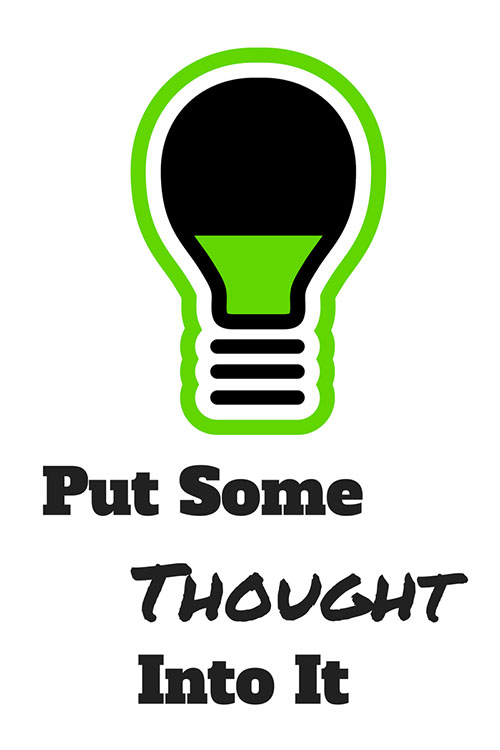
Start Each Project Off Right
There are many different ways that designers can be considerate of the Earth with various aspects of each project. For starters, even the way clients are selected can have an impact. Choosing to work with those who are either actively engaged in sustainable business practices or support doing so is a great foundation for “green” design. And once a client is retained, communicating with them in ways that reduce waste and travel times (such as not sending unnecessary documentation or scheduling meetings when a phone call would do) sets a positive ecological precedent.
Make Ethical Choices
When designers choose suppliers, they’re given another opportunity to be good to the planet. A little research will reveal printers who use eco-friendly ink and 100% recycled paper, distributors who offset their carbon footprint or use hybrid delivery vehicles and packaging manufacturers who offer recyclable or biodegradable products. Picking ethical suppliers over others is a fantastic way to encourage social responsibility within the design community.
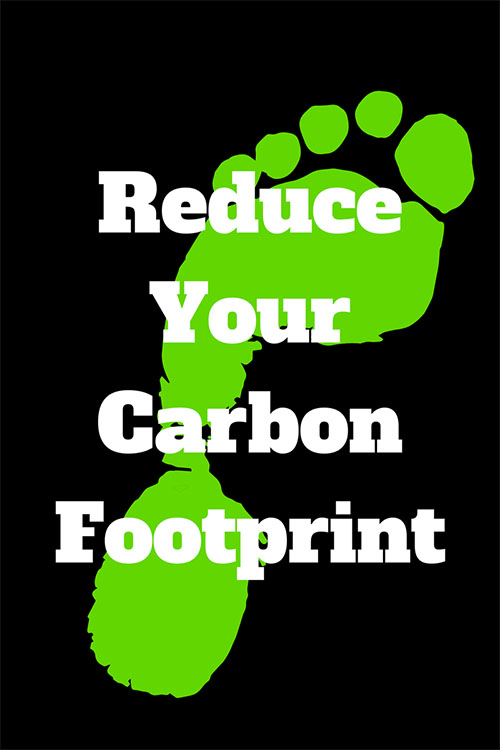
Reduce What You Produce
When selecting production materials, an eco-friendly graphic designer can do more than just pick ones which are recyclable or carbon neutral. Taking it a step further, an effective method of reducing impact is to minimise the number of materials used in the first place. If you absolutely must have something, pick the most environmentally-friendly option; however, the best bet for the planet is to not use something if it isn’t essential.
Designers can also, when relevant, create products that serve multiple purposes. This makes them more likely to be held onto and last longer, plus it decreases the amount of “stuff” being made.
Cut Down On Waste
Reducing what is produced is a great practice for any eco-friendly graphic designer, but there are other methods of cutting down on unnecessary junk, too. Within a design consultancy office, such ideas include printing only when essential, using both sides of each page and setting up an in-office recycling programme. Another simple but effective strategy is to reduce the amount of electrical waste by shutting off computers and other non-essential electronics when they’re not in use. Considering the little things can have a big, overall positive impact.
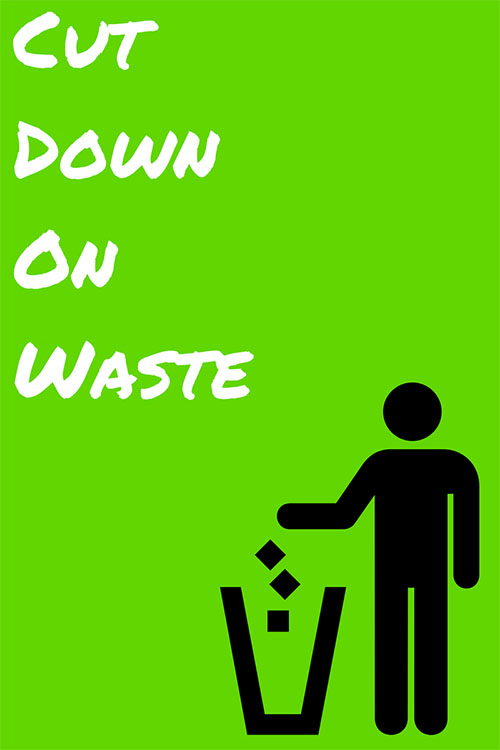
Designers who make the commitment to be eco-friendly send an important message to their clients, suppliers and fellow professionals. The more people in the creative industry who demonstrate a concern for the planet, the more affordable, high-quality choices will become available for packaging, printing and other design-related products.

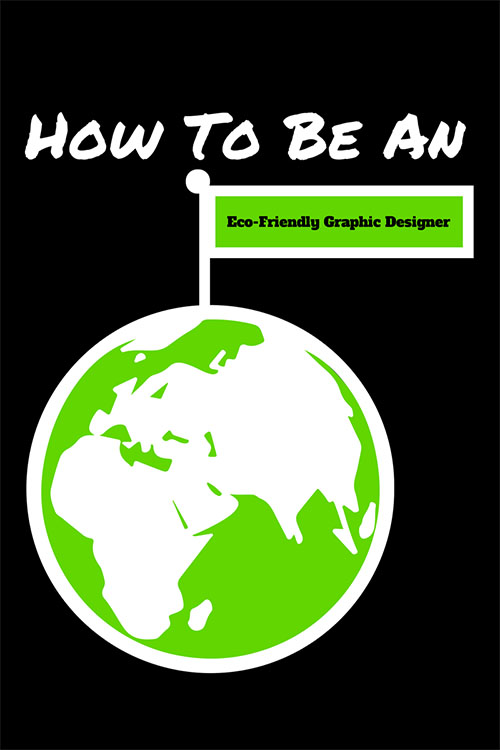


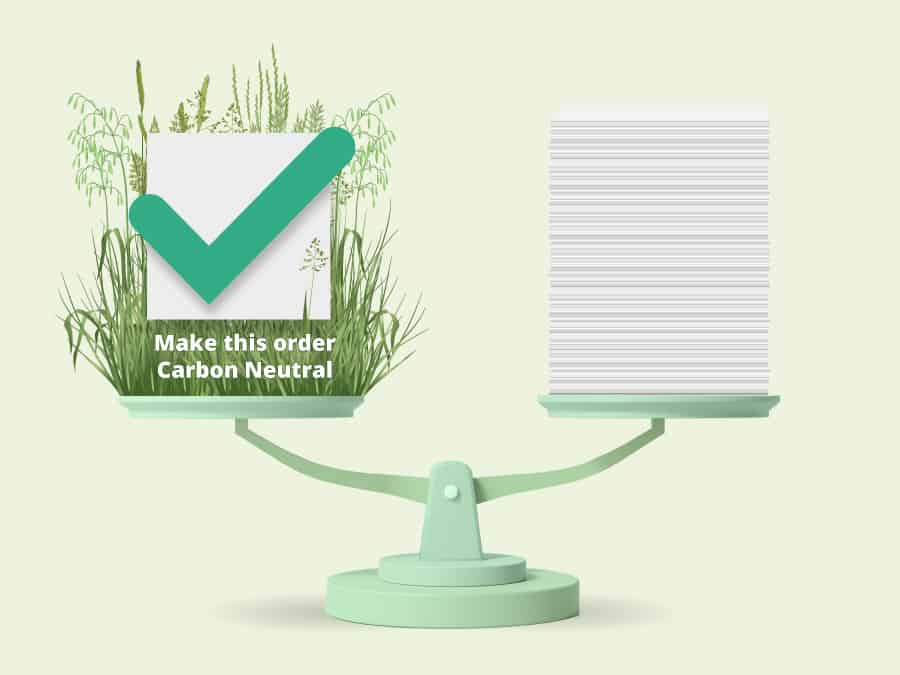
Recycling is such a valuable thing to all concerned, we must tackle all aspects.
Love the blog and raising awareness of the eco-friendly printing. We will definitely be re-twitting!